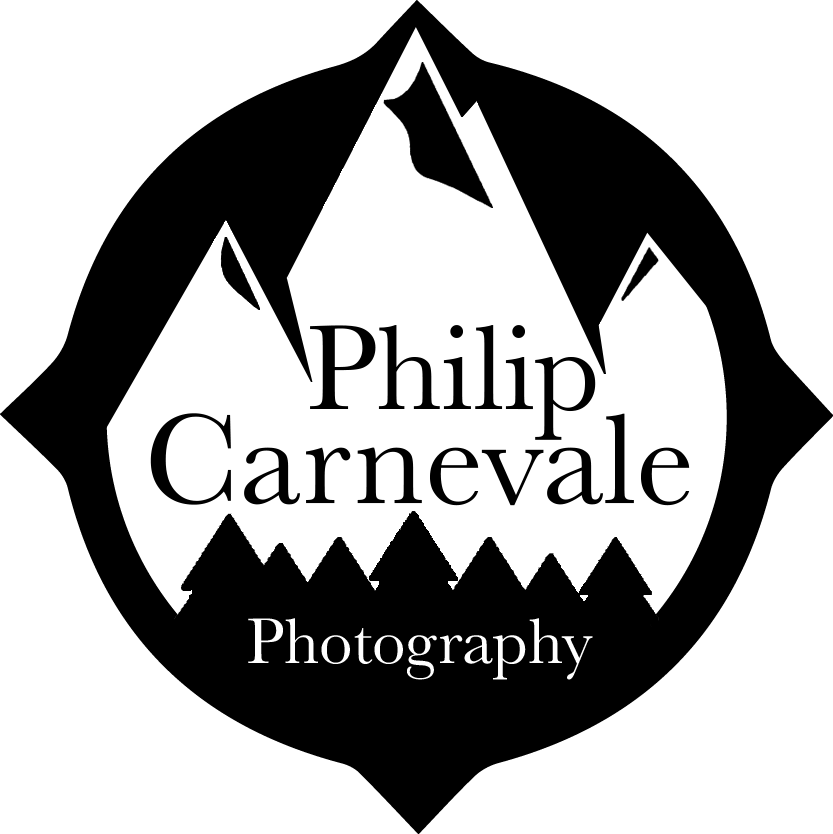Gear
The Camera I use.
"Nikon’s D750 is at the head of the pack in all of the most important areas of image capture
Ansel Adams said that “somewhere along the line the manipulative freedom of the photographer must be arrested by the inescapable limitations of the medium.” Among our great joys at Popular Photography is seeing those limitations begin to fall away as new cameras make it easier to capture ever-better images. With this in mind, we name the Nikon D750 2014’s Camera of the Year.
We award Camera of the Year to the image-making machine that most refined or redefined photography in the past 12 months, as determined by our lab and field tests as well as overall performance and technological advancement. This year we mark the further refinement of the mid-level full-frame DSLR. As a body that appeals to both pros (often as a second camera) and serious amateurs (often as the best camera they’ve ever owned), the mightiest of these must be able to handle almost any shooting scenario. It should focus quickly, track your subjects well, employ a fast burst rate with an adequate buffer depth, and deliver high-quality video. The camera’s design must let you change all of the major settings quickly so that you don’t miss a single moment. The Nikon D750 meets all of these qualifications with aplomb.
Two years ago, Canon’s EOS 5D Mark III garnered our Camera of the Year award. At the time, we noted that Nikon’s D810, its direct competitor, captured higher resolution but was, consequently, accompanied by more noise and slower bursts. While many shooters were happy with such extreme resolving power, plenty yearned for the versatility of higher ISOs and speedier bursts.
The D750 gives you all of the above. It out-resolves the 5D Mark III, captures bursts at 6.5 frames per second (compare this to the Canon’s 6 fps), and keeps noise to Acceptable throughout its sensitivity range of ISO 50–51, 200. It maintains top honors in our noise test up to ISO 800. Plus, Nikon’s 3D AF tracking is simply the best focus tracking you can find in a DSLR or ILC.
Nikon has been listening to videographers and has incorporated features such as power aperture, which allows better shooting than when using a traditional DSLR or lens. Other video features include control over mic recording level and frequency response, a wind cut filter, and zebra stripes to warn of overexposure. It records full 1920x1080 HD video at 60 fps to output half-speed footage in your final edit.
Another boon to those making moving pictures is the tilting 3.2-inch 1,129,000-dot LCD. The tilting makes shooting video more comfortable and can allow you to build a modestly priced video-shooting kit without an external monitor. This should prove appealing for filmmakers who prefer to keep costs down. Of course, we also found plenty of opportunities to make use of the tilt during live-view shooting of still images.
In addition to sporting a pop-up flash that can trigger off-camera accessory flashes—something that the 5D Mark III inexplicably doesn’t include—the Nikon D750 has built-in Wi-Fi. In an age when information is expected to flow seamlessly between our devices, it’s mind-boggling that some camera makers still don’t include Wi-Fi in all of their models. Nikon has been guilty of excluding it from many DSLRs in the past, but the D750 has it. In addition to being able to transfer files to your smartphone or tablet, Nikon’s Wireless Mobile Utility app lets you change a number of camera settings and capture images remotely—without touching the camera itself.
Why it Won
•Excellent image quality with well- controlled noise as ISO rises
•Industry-leading 51-point 3D autofocus tracking system
•Burst rate of 6.5 fps for up to 87 JPEG or 15 RAW frames
•Built-in Wi-Fi for image transfer to—and control through—your mobile device
•Tilting 3.2-inch, 1,129,000-dot LCD screen with brightness control
•Well-designed, weather-sealed magnesium-alloy body
•HD video recording at up to 1920x1080p 60 fps with clean HDMI out for external recorders"
Except from http://www.popphoto.com/gear/2014/11/camera-year-nikon-d750


